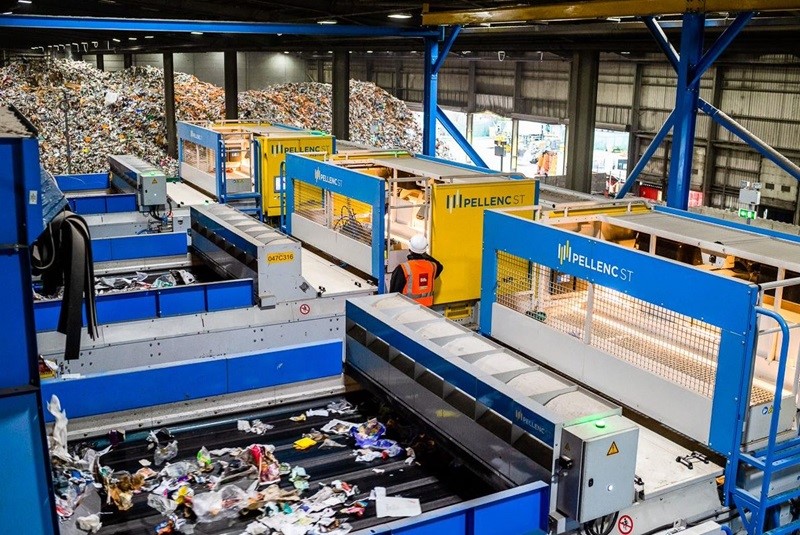It is set to use Bedminster's MBT process, which is currently in use at plants in North America, Japan and Australia, with the aim of extracting 95% purity biomass from residual waste to both produce compost and refuse-derived fuel.
A spokeswoman for the company told letsrecycle.com that “the outputs will be split between compost and fuel for energy, some inputs will be more suitable for compost than others”.
With the plant expected to operate as a merchant facility, it will primarily target the Manchester and Merseyside commercial and industrial waste market, and the spokeswoman told letsrecycle.com that “some contracts” were already in place.
Local authority
However, the company has now said that it is looking to the local authority sector to fill the remaining capacity at the planned facility.
Organic Waste Management's chairman, Mike Brookes, said: “We have some uncommitted capacity at the plant at present and plan to talk to local authorities who may need outlets for collected food waste as well as mixed residual waste, the waste would normally go to landfill.”
He added: “We recognise that we need to have facilities deployed for customers to see and experience, schemes that need consents or funding etc make it impossible to plan fundamental services.”
He also claimed that, with its location close to the A556 in Northwich, the facility, which is expected to be up-and-running by September 2010, would offer “excellent” road and rail links.
Commenting on the aims of the project, Pearce O'Kane, the chief executive of Dublin-based Bedminster, said: “As the Bedminster MBT process extracts more than 95% of the biodegradable waste input, this means we are able to guarantee local authorities that we can meet their diversion from landfill requirements beyond 2020 at no premium to the tax payer, as well as provide a cost-effective added-value service to the commercial and industrial sector.”
Process
Bedminster's MBT process involves un-sorted waste being placed in a digester drum which breaks down the biodegradable material by a combination of microbial and mechanical activity, forming a biomass material that can be separated from the non-biodegradable fraction.
The separation is achieved by passing the output from the digester over a trommel screen so that the biodegradable fraction drops through the trommel and the un-shredded material such as plastic bags, bottles, cans and similar items pass over the screen.
The non-biodegradable fraction is then passed through magnetic and eddy current separators so that metals can be recovered for recycling, whilst the balance synthetic material, mainly comprising plastic and non-biodegradable textiles, is baled and transported for further processing/recycling.







Subscribe for free